
Travel to Campania

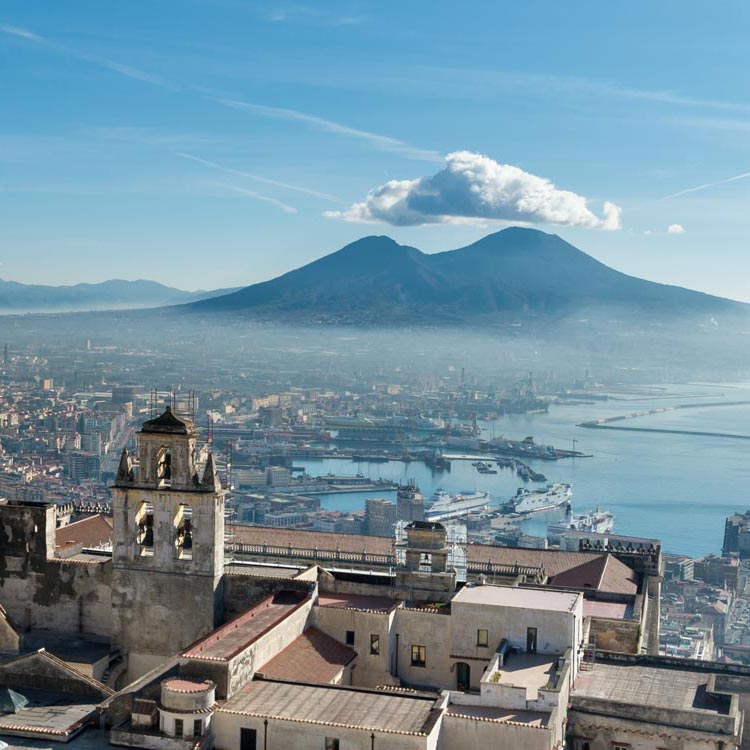
Naples
Naples unique and exuberant, captivates the visitor with popular local traditions such as the 'Tarantella' â Naples' famous folk dance â and 'smorfia', the Neapolitan's superstitious use of numerology to interpret dreams. Walking through the picturesque narrow streets of the Spanish quarter gives snapshots of Naples' life: the melodious accent of passers-by and shop owners, the mouth-watering smells emerging from the numerous trattorias. Wood-burning pizzerias at every street corner should come as no surprise â the pizza was of course born here. Naples is also a city rich in art and architecture, with numerous churches, palaces and museums to visit. Not to miss in the surroundings: Royal castle of Caserta.
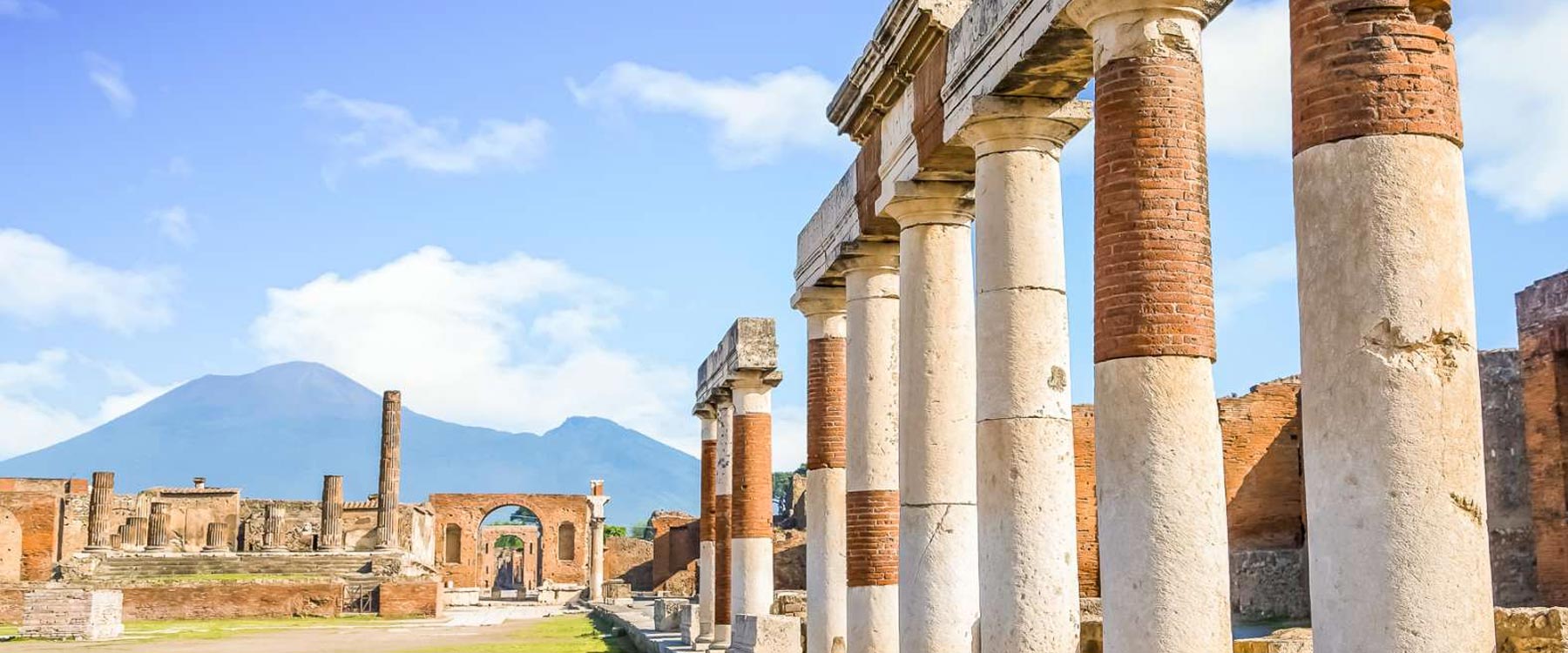
Mount Vesuvius area
Mount Vesuvius region has important archaeological sites recognized as UNESCO heritage: Pompeii, Herculaneum, the Oplonti Villa. The excavations of Pompeii and Herculaneum are the only archaeological sites in the world that account for the structure of an ancient Roman city, thanks to their exceptional state of preservation. The region offers a beautiful and vivid glimpse of art, architecture, social organization and daily life, frozen at a precise moment in the past, in 79 AC, following the volcanic eruption of Vesuvius. Visiting the archaeological excavations of Pompeii and Herculaneum is not just one of the many trips you can make, but a real experience: strolling and lingering in the narrow streets, in the domus (houses), the gardens and imagine the life of the Romans at that time.
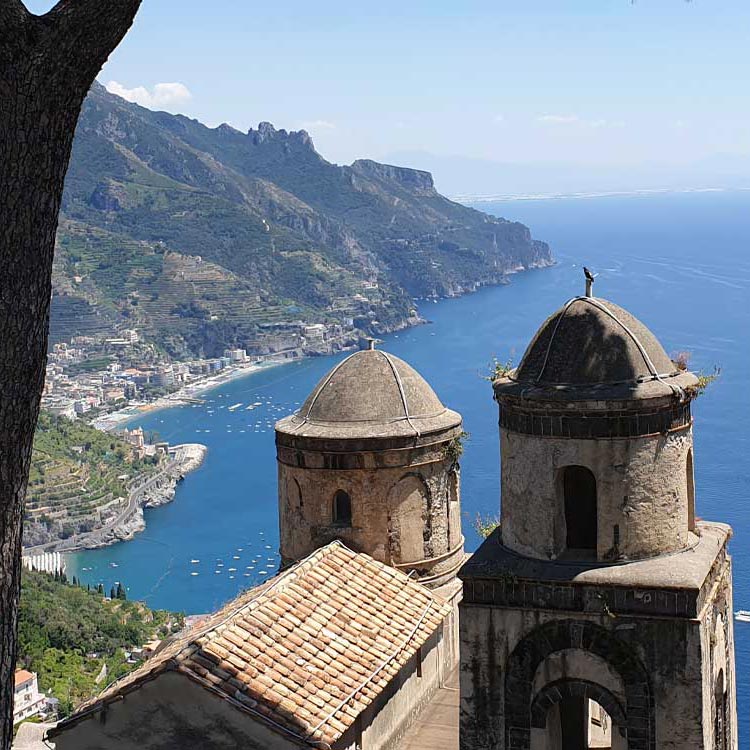
Amalfi coast
A panoramic coastal road connects the village of Vietri sul Mare to Sorrento passing by the charming fishing villages of the Amalfi Coast. Amalfi was the first of four maritime Italian republics that dominated trade in the Mediterranean, the others being Venice, Pisa and Genoa; Distinctive white painted houses and a magnificent Byzantine Duomo set Amalfi apart from its neighbours along the coast. Positano is the most westerly town on the Amalfi Coast. Its name is probably derived from that of Posides Spado, a roman libertine who built a number of luxury villas here in Classical times. Many celebrities have fallen in love with this charming town, among them the american writer John Steinbeck. He wrote: Nearly always when you find a place as beautiful as Positano, your impulse is to conceal it. You think, "If I tell, it will be crowded with tourists and they will ruin it, turn it into a honky-tonk and then the local people will get touristy and there's your lovely place gone to hell. Ravello looms over the Gulf of Salerno from its lofty perch. Walking through the narrow streets of old Ravello one gets a sense of a place imbued with history and tradition. Adopted city of the classical music world, Ravello organises its own International Festival every summer. Down the centuries, Ravello has always attracted celebrities and artists â André Gide and Maurits Escher for example - in search of inspiration. It is here that Wagner completed his "Parsifal". Other villages of the Amalfi coast like Vietri, Cetara, Raito or Minori should not be missed.
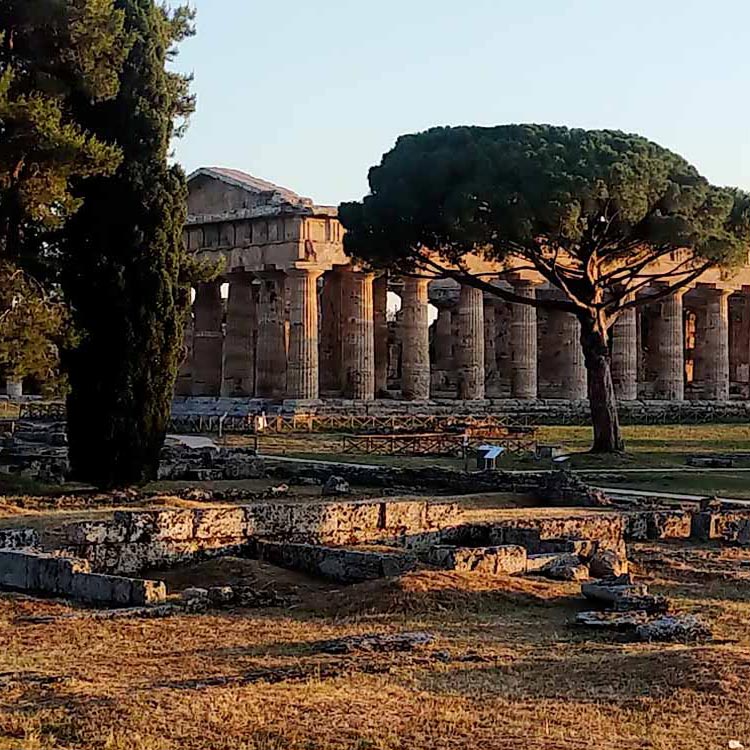
Cilento
Cilento, Campania's nature reserve is famous for its National Wildlife Park, the fine quality of its produce and its beautiful unspoilt beaches. Cilento National Park is one of the vastest natural reserves of southern Italy offering wild nature and a variety of eco-systems spanning from the inland mountains to Cape Palinuro, characterized by marine caves and underwater paradise. The region is also famous for its production of dried figs, olive oil and wines.
Paestum is today an important archaeological centre with three Greek-Doric temples and a Museum. The archaeological centre is listed as a UNESCO World Heritage Site. Besides offering the magnificent temples Paestum, it's also a beautiful seaside location. From Pisciotta to Palinuro, the uneven coast-road gives glimpses of the crystal clear waters of Tyrrhenian sea, creeks and superb beaches such as Caprioli, Palinuro, Castellabate and Marina di Camerota.
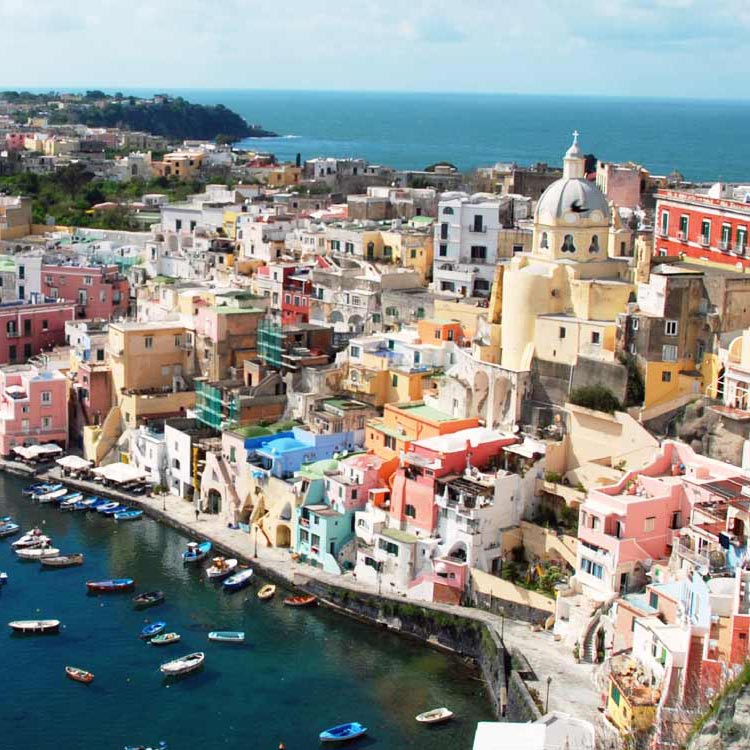
The islands
CapriThe 'Blue Island' is situated a few miles off the coast of Sorrento. It has been celebrated for its beauty for thousands of years. Whitewashed villages, quiet coves bordered by crystal-clear waters, incredibly varied landscape, famous visitors and luxury designer shopping have given Capri worldwide renown
Ischia is a volcanic island in the Gulf of Naples; here natural resources have been put to good use: it is one of the best-known hydro-thermo-climatic resorts in Italy and indeed the world. Ischia will surprise you with the diversity of its landscapes, with pine forests on its eastern side, and charming towns like Ischia itself and Casamicciola. Its lively atmosphere in summertime and the mild climate in winter make this island a place worth visiting at any time of year.
he small island of Procida lies in the Bay of Naples. Kept away from the mass tourism, Procida successfully managed over the years to keep its traditions and authentic atmosphere.
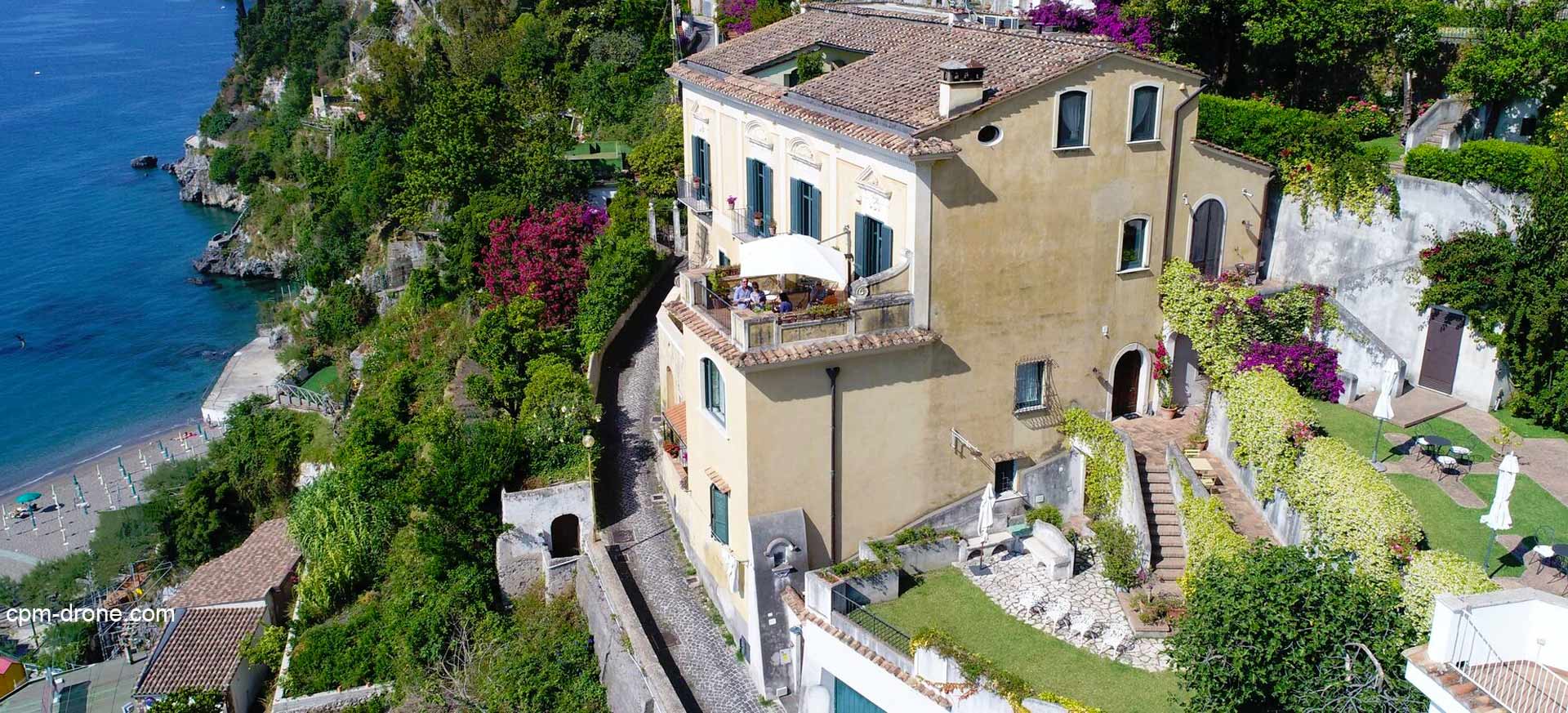
Séjour d'exception sur la côte amalfitaine dans un petit hôtel de caractère ... Visit the hotel
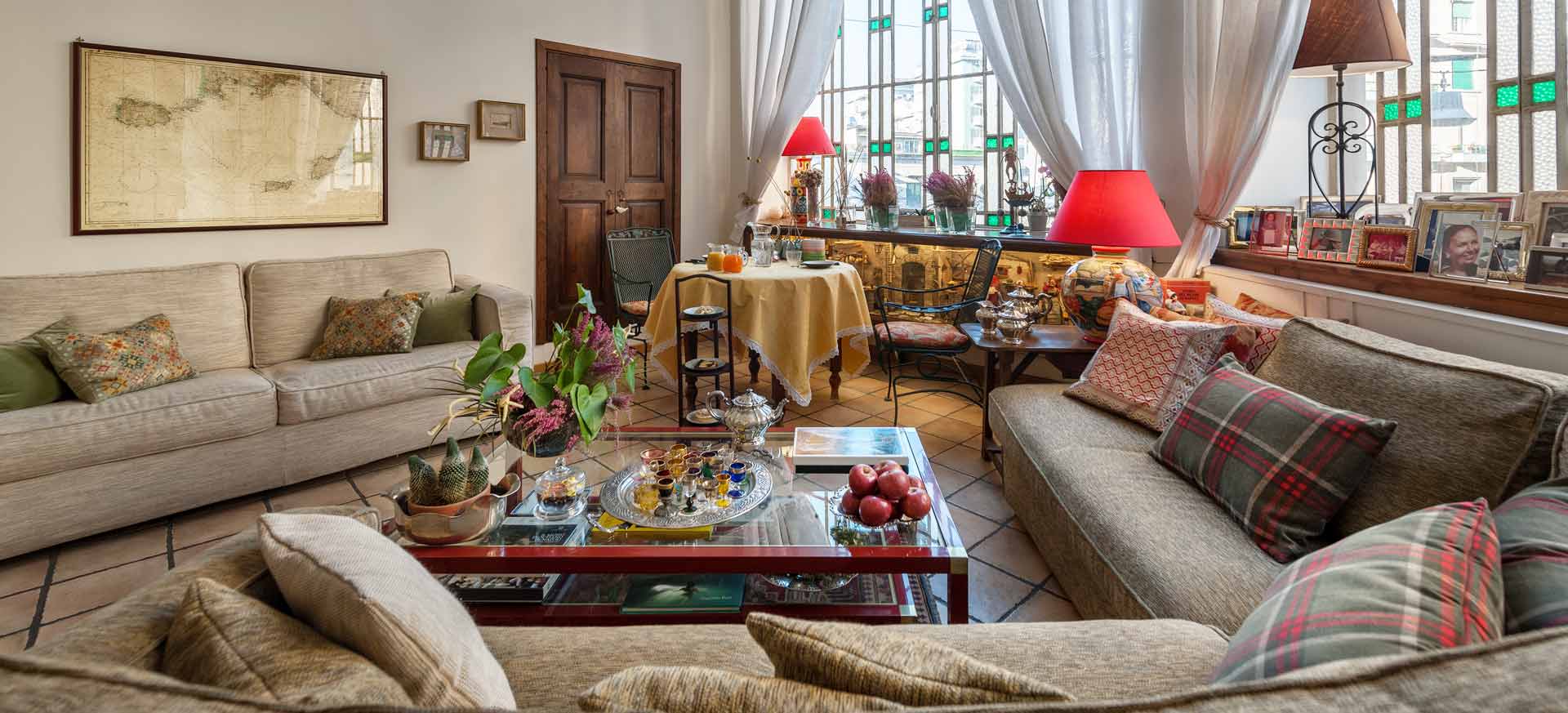
Séjour de charme dans une villa liberty située dans le quartier chic et tendan... Visit the hotel
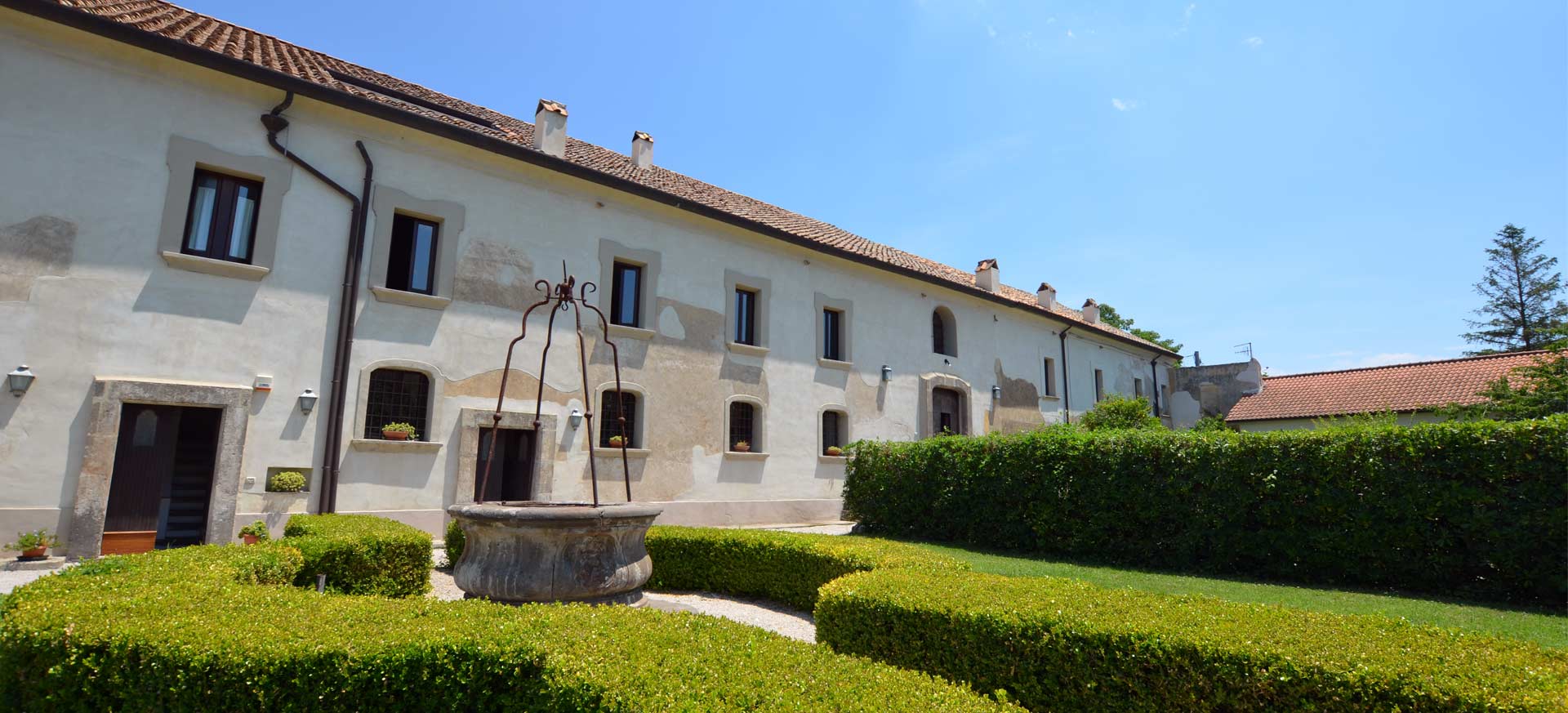
Séjour d'exception sur les hauteurs de Sorrento dans une demeure historique de ... Visit the agriturismo

Elégance et confort à un souffle des vestiges d'Herculanum et de Pompéi dans ... Visit the bed & breakfast